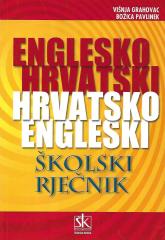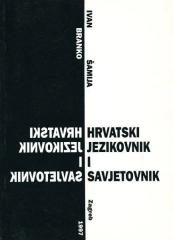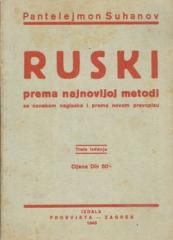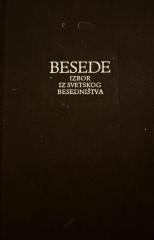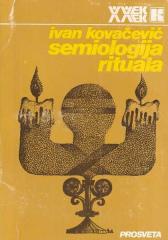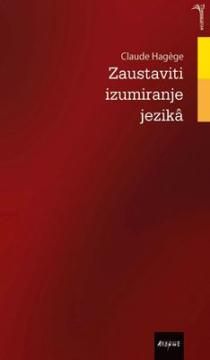
Zaustaviti izumiranje jezikâ
Autor svoje istraživanje zasniva na uvidu da će – ako se ništa ne promijeni – za stotinjak godina od današnjih oko 5.000 živih jezika njih polovica izumrijeti. Posebno ga zabrinjava to što se ta kataklizma odvija u posvemašnjoj ravnodušnosti.
Hagège upozorava na neodgodivu potrebu da se nešto učini kako bi ljudske kulture prestale nestajati u ponoru zaborava. Pritom mu široko poznavanje jezika dopušta da prodre do najsitnijih detalja iz prošlosti latinskoga, sanskrta, arapskoga, sumerskoga, gotskoga i mnogih drugih jezika.
U prvome dijelu knjige autor obrađuje tijesnu vezu između jezikā i temeljnih životnih načelā koja uređuju svemir. Budući da jezici daju život, te istovremeno čuvaju prošlost, na određeni ih način možemo promatrati kao žive vrste. Da bismo razumjeli što zapravo znači nestajanje jezika te po čemu se ono toliko razlikuje od nestajanja drugih vrsta, dovoljno je odrediti njegovo bitno obilježje: govor. Govor je kratkotrajan i nestalan, ali jezik ne umire u potpunosti ako govora nema.
Drugi dio knjige govori o tome što treba razumijevati pod izumiranjem nekoga jezika, kakav je to proces, koji su njegovi uzroci, te što to predstavlja za našu vrstu, i napokon koje radnje možemo poduzeti kako bismo spriječili izumiranje jezika. Autor objašnjava tri profila nestajanja jezikā: transformaciju (rađanje novih jezika, primjerice iz latinskoga), supstituciju (proces fuzije s drugim nadmoćnijim jezikom) i ugasnuće (smrt posljednjih izvornih govornika), s time da je upravo ugasnuće danas najaktualnija pojava. Razlozi nestanka jezikā mnogostruki su, a najčešće se kao politički razlog javlja “lingvocid” države (jezična hegemonija koja zatire slabije jezike), a kao ekonomski razlog pritisak moćnijega ekonomskoga sustava koji dovodi do pada prestiža perifernih jezika, pa se stoga nameće potreba poznavanja jezika dominantnoga sustava. Kao nekoć latinski, danas engleski istrebljuje mnoge jezike. Zahvaljujući suvremenim tehnologijama i sredstvima komunikacije, snaga i brzina kojom se engleski danas u svijetu širi uvelike nadilaze snagu i brzinu koja je u prošlosti nekim jezicima, npr. latinskome, omogućila da u potpunosti zatre velik broj jezika.
Prema autoru, četiri su temeljna poteza kojima možemo jezicima priteći u pomoć: programi dvojezičnoga obrazovanja, proglašavanje jezika službenim, uključivanje samih govornikā u oživljavanje njihova vlastitoga jezika, te rad jezikoslovaca (kako na opisivanju činjeničnoga stanja, tako na stvaranju pozitivne svijesti o jeziku).
U poglavlju “Jezici i uskrsnuće” autor ponajviše govori o uskrsnuću hebrejskoga, što je impresivna pojava, dosad jedinstvena po svojoj važnosti i stupnju dovršenosti. Premda je nekoliko stoljeća bio bez “govora”, danas je to jezik jedne čitave države. Zatim spominje još nekoliko zanimljivih slučajeva, među kojima i uskrsnuće hrvatskoga jezika. Političkom promocijom hrvatskoga jezika nakon stjecanja neovisnosti, Hrvati danas Europu obogaćuju još jednim jezikom, što je neopisivo važno ako se imaju u vidu razmjeri jezične kataklizme.
Jedan primjerak je u ponudi

